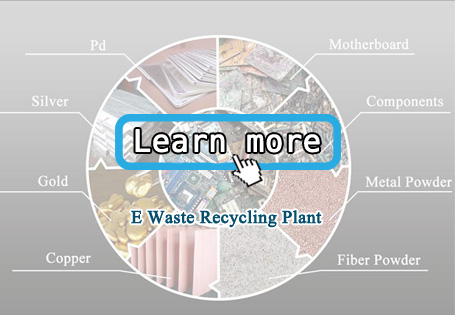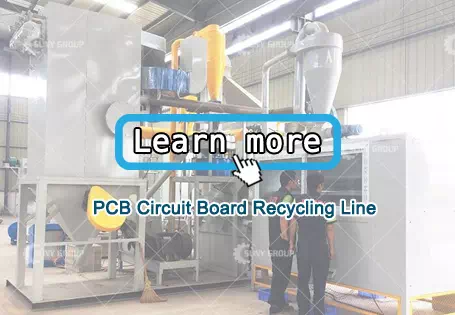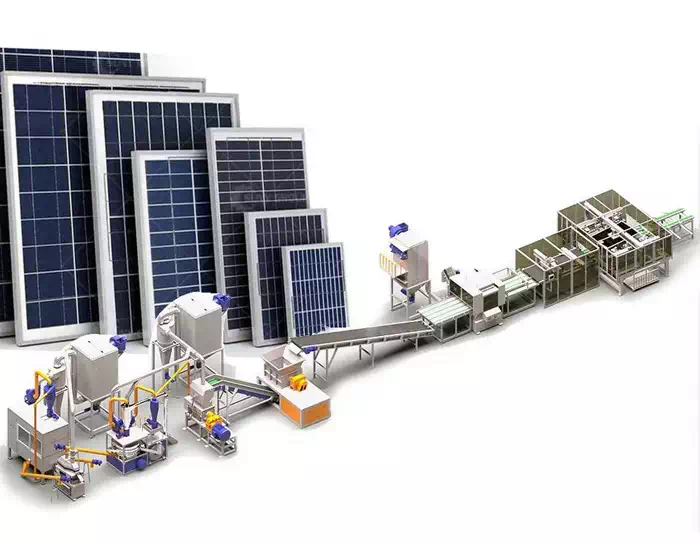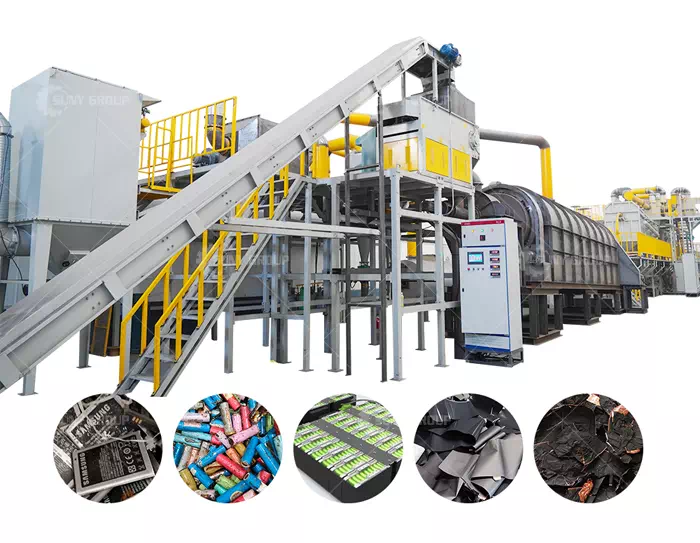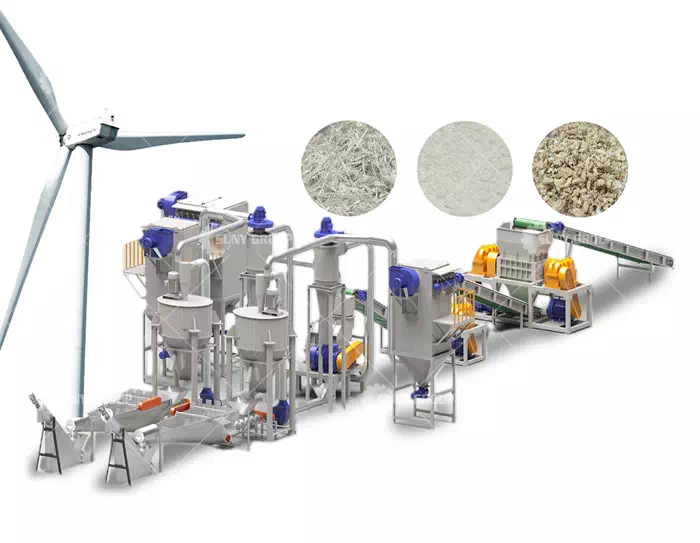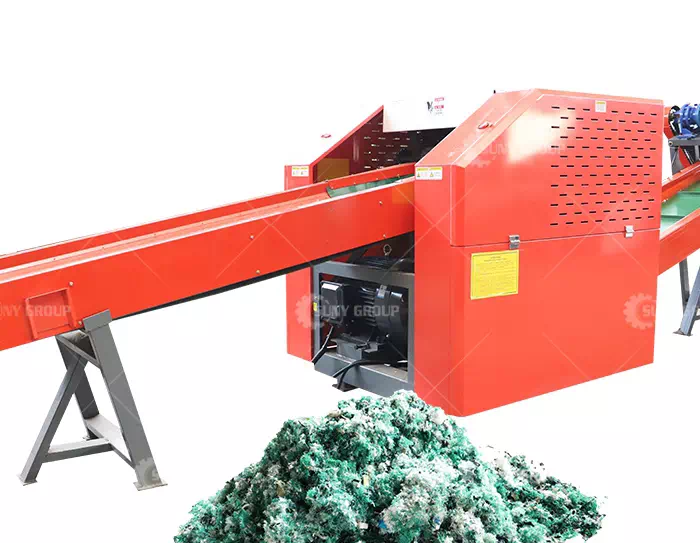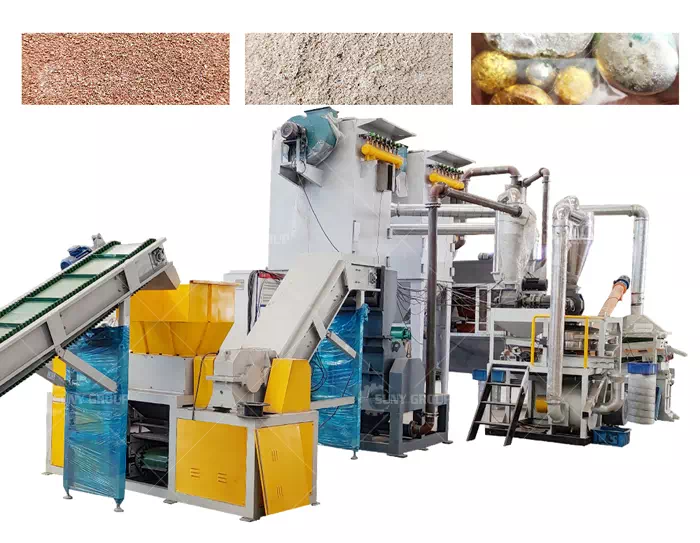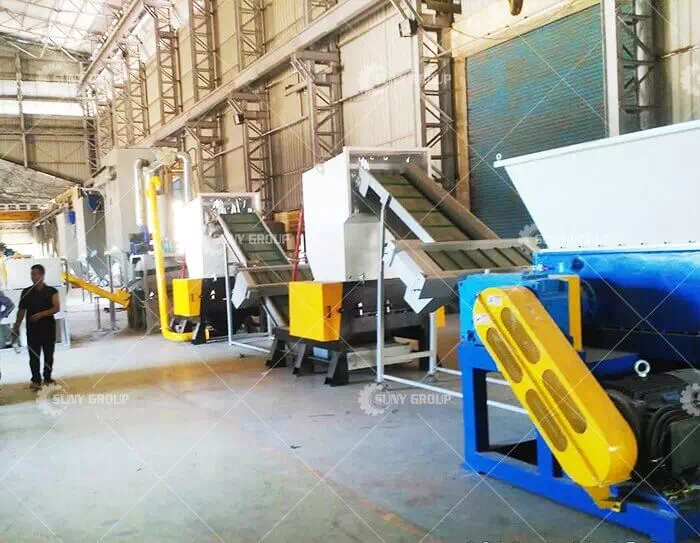How to properly dispose of circuit boards in waste e-waste?
As electronic products are updated faster, the amount of discarded printed circuit boards (PCBs), the main component of e-waste, is increasing. The environmental pollution caused by waste PCB has also attracted the attention of various countries. Waste PCBs contain heavy metals such as lead, mercury, hexavalent chromium, and toxic chemicals such as polybrominated biphenyls (PBB) and polybrominated diphenyl ethers (PBDE) as flame retardant components. Groundwater and soil have caused huge pollution and brought great harm to people's life and physical and mental health. There are nearly 20 kinds of non-ferrous metals and rare metals on the waste PCB, which has high recycling value and economic value, and is a real mine waiting to be mined. What about the following? I have compiled several methods to deal with waste circuit boards and share them with you:
1 Physics
The physical method is a method of recycling by using mechanical means and the physical properties of the PCB.
The purpose of crushing is to dissociate the metal in the waste circuit board from the organic matter as much as possible to improve the sorting efficiency. The study found that when broken at 0.6mm, the metal can basically reach 100% dissociation. The recycling process of waste circuit boards has strong applicability/environmental protection. The physical method recycling process can effectively carry out mechanical crushing and recycling of various types of waste printed circuit boards, processing waste, and waste electrical appliances. The purity is as high as 96%.
The physical method is to use the different methods of mechanical equipment and PCB process performance to complete the acquisition.
1.1 Crushing
The purpose of crushing is to dissociate the metal in the waste circuit board from the soil organic matter as much as possible, so as to improve the high efficiency of screening. The study found that when crushed at 0.6 mm, most of the metal can achieve 100% dissociation, but the choice of crushing method and proportional series also depends on the post-processing process.
1.2 Screening
Screening is to complete the separation by using the differences in chemical properties such as relative density, particle size distribution, electrical conductivity, magnetic conductivity and surface characteristics of raw materials. At this stage, the widely used wind speed shaker technology, flotation reagent separation technology, hurricane separation technology, sink-float separation and vortex screening technology, etc.
2 Supercritical technology solution
Supercritical liquid extraction technology refers to a purification method that uses the harm of working pressure and temperature to the solubility of supercritical liquid to carry out extraction and separation without changing the standard of organic chemical composition. Compared with traditional extraction methods, the whole process of supercritical CO2 extraction has the advantages of environmental protection, convenient separation, slight toxicity, little or no residue, and practical operation at room temperature.
The key research contents on the use of supercritical liquid to solve waste PCBs are concentrated in two levels: First, because supercritical CO2 liquid has the ability to extract epoxy resin and brominated halogen-free flame retardant components in printed circuit boards. When the epoxy resin bonding raw materials in the printed circuit board are removed by the supercritical CO2 liquid, the copper layer and the glass fiber layer in the printed circuit board can be separated very easily, which in turn contributes to the high efficiency of the raw materials in the printed circuit board. A takeover is very likely. 2. Immediately use supercritical liquid to extract metals from waste PCBs. Wai et al. reported the extraction of Cd2, Cu2, Zn2, Pb2, Pd2, The scientific research results of As3, Au3, Ga3 and Sb3 show that the high extraction efficiency is above 90%.
The supercritical solution technology also has very big shortcomings, such as: the high selectivity of extraction requires the addition of introducing agents, which will cause damage to the natural environment; the extraction working pressure is relatively high, and the requirements for machinery and equipment are high; the entire extraction process requires high temperature, which consumes Can wait.
3 Chemical methods
The organic chemical solution technology is a processing technology that utilizes the differences in the organic chemical reliability of various components in the PCB.
3.1 Heat treatment method
The heat treatment method is mainly a method of separating organic compounds and metals based on high temperature. It mainly includes incineration method, vacuum pump cracking method, microwave heating method, etc.
3.1.1 Incineration method
The incineration method is to pulverize the electronic waste to a certain particle size, send it to a primary incinerator for incineration treatment, dissolve the organic chemical components in it, and separate the vapor from the solid. The residue after incineration treatment is the exposed metal or its metal oxide and glass fiber, which can be collected by physics and organic chemistry after crushing. The vapor with organic components enters the secondary incinerator to be ignited and then discharged. The disadvantage of this method is that it produces a lot of organic waste gas and toxic substances.
3.1.2 Cracking method
Cracking is also called pyrolysis in industrial production. It is to place electronic waste in a container and heat it under the standard of barrier gas, control the temperature and working pressure, so that the organic chemical substances in it are dissolved and converted into gas. Can be recycled later. Unlike the centralized incineration of electronic waste, the whole process of vacuum pump thermal cracking is carried out under the standard of anaerobic exercise, so it can suppress the formation of dioxins and furans, and cause less organic waste gas and less air pollution.
3.1.3 Microwave Heating Solution Technology
The microwave heating acquisition method is to crush the electronic waste first, and then heat it with a microwave oven, so that the organic compounds are subjected to a decomposition reaction. Heating up to 1400 ℃ makes the glass fiber and metal melt to produce vitrified chemical substances. After these chemical substances are cooled, gold, silver and other metals are separated in the form of beads. Recycling as building decoration materials. This method is significantly different from the traditional heating method, and has significant advantages such as high efficiency, rapidity, high waste recycling rate, and poor energy consumption.
3.2 Chemical process
The chemical process technology mainly uses the characteristics that metals can be dissolved in acid solutions such as sodium cyanide, hydrochloric acid and sulfuric acid, and adsorbs metals from electronic device waste resins and purchases them from high-efficiency liquid phases. It is the most common way to solve electronic waste at this stage. Compared with the ice metallurgical industry, the chemical process has the advantages of less industrial waste gas, easy to solve the residue after obtaining the metal, significant economic benefits, and simple production process.
To sum up: Obviously, if the follow-up specific gravity sorting process of the physical method and the pulse dust removal process can keep up, it is a cost-effective method to use waste circuit board processing equipment to deal with electronic waste such as waste circuit boards in the physical method. If the waste circuit board processing equipment is used for processing, do you all know the process flow of the equipment? Next, I came to Haozhe Environmental Protection Equipment Co., Ltd., and their professional and technical personnel will tell you about the relevant technology:
Equipment processing waste circuit board process
The rational sorting and production process of Haozhe waste circuit board processing equipment: raw materials are shredded, roughly crushed, pulverized, airflow sorting, vibration separation sorting, environmental protection treatment and other processes, which can be individually recovered to copper-based metal mixtures and non-metallic powder mixture; the dust and waste gas formed during the processing are collected in an orderly manner and uniformly subjected to dust removal and waste gas purification treatment, and are discharged to the air after the environmental protection standards are met.
Circuit boards, computer boards, TV boards, mobile phone boards, copper clad laminates, circuit boards and electronic waste containing metals, etc. disassembled from waste household appliances, not only contain common metals such as aluminum, copper, iron, nickel, lead, tin and zinc It also contains precious metals and rare metal elements such as gold, palladium, platinum, and silver. It not only has a high degree of recycling, but also uses physical methods to achieve recycling and reuse to solve environmental pollution problems, which has a vital green economic value.
The recycling process of waste circuit board processing equipment crushing and electrostatic separation and the equipment used. The recycling process of waste electronic circuit board mechanical crushing and electrostatic separation includes crushing waste electronic circuit boards, removing iron and further crushing, and then finely crushing them , Part of the non-metallic materials are first separated by the ultra-fine classifier, and then sent to the high-voltage electrostatic separator for the separation of metal and non-metal, and then the finished product is recovered.
Haozhe environmental protection waste circuit board processing equipment crushing equipment includes strong crusher, magnetic separator, medium crusher, fine crusher, ultra-fine classifier, high-voltage electrostatic separator. It can make metal and non-metal objects get good quality Crushing and dissociation has the advantages of unique method, good recovery effect, low energy consumption, long service life of equipment and no secondary pollution.
Sorting is to achieve separation by utilizing the differences in physical properties such as density, particle size, electrical conductivity, magnetic permeability and surface properties of materials. At present, the widely used wind shaker technology, flotation separation technology, cyclone separation technology, floating-sink separation and eddy current separation technology.
Epilogue
Electronic waste is a precious resource. Strengthening the research and application of metal recovery technology from electronic waste is of great significance from both economic and environmental perspectives. The future development trend of electronic waste treatment technology should be: industrialization of treatment forms, maximization of resource recovery, and scientific treatment technology. To sum up, studying the recycling of waste PCB can not only protect the environment, prevent pollution, but also facilitate the recycling of resources, save a lot of energy, and promote the sustainable development of the economy and society.
Recommend products
CONTACT US:
If you have any requirement or suggestion, please fill in the form and send to us, thanks!E-mail:sunymachine@gmail.com | Whatsapp:+8613674945231


